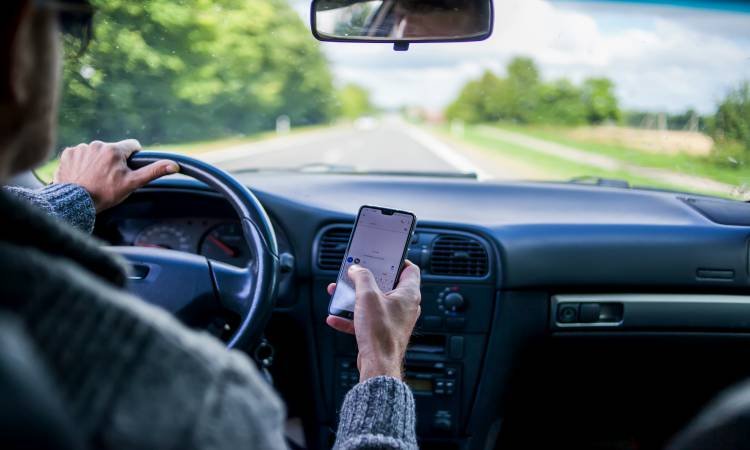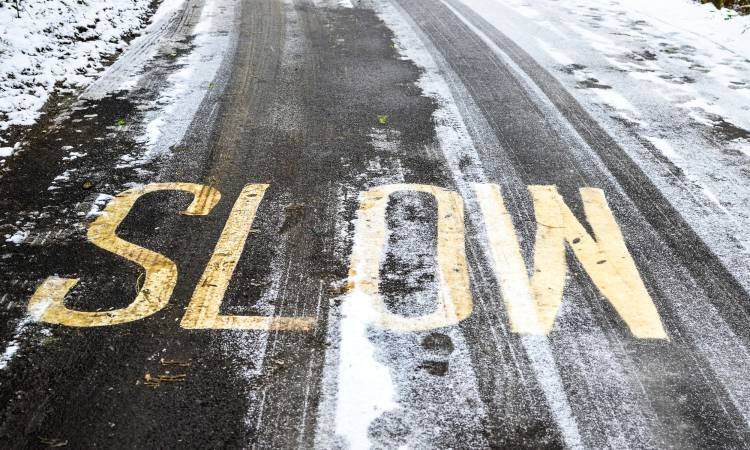 Road accidents are a significant and concerning problem that affects people of all ages and backgrounds. While driving is an essential part of modern life, it comes with substantial risks, and road accidents, which have severe consequences like injuries and death, can be one of them.
Road accidents are a significant and concerning problem that affects people of all ages and backgrounds. While driving is an essential part of modern life, it comes with substantial risks, and road accidents, which have severe consequences like injuries and death, can be one of them.
In many cases, these accidents could have been avoided if the proper precautions had been taken. Therefore, it is essential to understand the most common causes of road accidents to reduce risks and promote safe driving habits. This article will explore some of the leading causes of road accidents.
1. Distracted Driving
One of the most apparent causes of road accidents is distracted driving, which includes but is not limited to the following:
- Texting or calling on a cellular phone
- Eating or drinking while driving
- Watching on mobile devices
All can lead to a crash because it takes the driver’s eyes off the road. It’s essential to remain focused on the road while driving to avoid untoward accidents that could lead to severe injuries or death. Using hands-free kits or pulling over to eat are two ways of making driving less distractive.
More importantly, drivers should remember that their actions could affect others. With driver negligence, the responsible party may face a personal injury lawsuit, which results in hefty fines, payments for damages, or jail time, depending on the severity of the injuries.
2. Speeding
Another significant cause of road accidents is speeding. When drivers don’t heed the speed limit, they reduce reaction time. The faster a vehicle travels, the more momentum it has during impact. Hence, accidents caused by speeding could have multiple fatalities.
 Following the speed limit and adjusting your speed according to weather, traffic, and road conditions may prevent collisions.
Following the speed limit and adjusting your speed according to weather, traffic, and road conditions may prevent collisions.
3. Driving Under The Influence
Driving under the influence is a severe offense, as it endangers the safety of drivers and passengers on the road. Drivers need quick decisions and reactions to changing situations on the road, and impaired driving due to drugs or alcohol can negatively impact one’s decision-making ability.
Drivers must avoid consuming alcohol, taking drugs, drinking strong medications, or using any form of mind-altering substances. Preventing these accidents calls for a sober-minded designated driver to take all occupants in their vehicle home safely.
4. Reckless Driving
Reckless driving is a type of driving behavior that involves a complete disregard for the rules of the road, putting other drivers, pedestrians, or property in danger. Some examples include tailgating, weaving in and out of traffic to switch lanes rapidly, and disregarding the rules of the road or its stipulations.
Such behaviors are dangerous and increase the likelihood of a road accident. People could avoid reckless driving by following traffic laws for everyone’s safety.
5. Poor Weather Conditions
In some cases, the weather can influence road conditions. They can reduce visibility or cause the roads to become slippery. Some poor weather conditions that may cause accidents are heavy rain, hail, snow, or excessive fog.
These all make driving challenging and increase the risk of accidents. Hence, driving during adverse weather may prompt drivers to reduce speed and take caution.
6. Inadequate Law Enforcement
Suppose authorities poorly enforce traffic regulations and fail to sanction negligent parties; it may cause drivers to be more reckless and have a higher probability of causing an accident.
Law enforcement is thus critical for road safety. The authorities could set up national campaigns to warn drivers of road dangers and update their equipment and methods to help address the risks. More importantly, there should be clear penalties for those not adhering to the rules.
7. High-Risk Infrastructure
An infrastructure can be considered high-risk for driving when it has characteristics that increase the likelihood of accidents or collisions. Roads in poor condition with potholes, cracks, or other defects can pose a risk to drivers, especially if they are not well-marked or if drivers are unaware of the hazards.
Intersections that are complex or poorly designed can also increase the risk of accidents, especially if drivers are unfamiliar with the area or if there is poor signage or unclear right-of-way rules.
Besides fixing these issues, authorities can employ additional measures to achieve road safety. Here are some examples:
- Footpaths with a safe distance away from the driving surface of the road
- Safe road crossings for pedestrians to go over
- Separate cycling lanes to keep cyclists out of harm’s way
- Traffic calming measures like speed humps or circles slow the flow of traffic
If roads have proper preventative measures, injury or death risks could decrease.
8. Non-Roadworthy Vehicles
Vehicles may be considered unworthy of the road if they have significant safety or mechanical issues that could pose a risk to the driver, passengers, and other road users. These include brakes that do not function properly, worn-out tires, faulty steering or suspension, broken or missing lights, exhaust leaks, cracked or broken windshields, and non-functional safety equipment.
Manufacturers and drivers are responsible for meeting the roadworthiness standards of their vehicles. They should ensure that their vehicles are well-maintained and safe to drive. Regular maintenance and inspections can prevent these issues and ensure the roadworthiness of vehicles.
Conclusion
Road accidents remain a significant concern globally. The causes of these accidents are numerous and varied, most preventable through simple measures. If drivers follow traffic laws and take driving precautions, the risk reduces significantly.
It is crucial to remember that every individual has a role in preventing road accidents, and we must all do our part to promote responsible driving and road safety.




